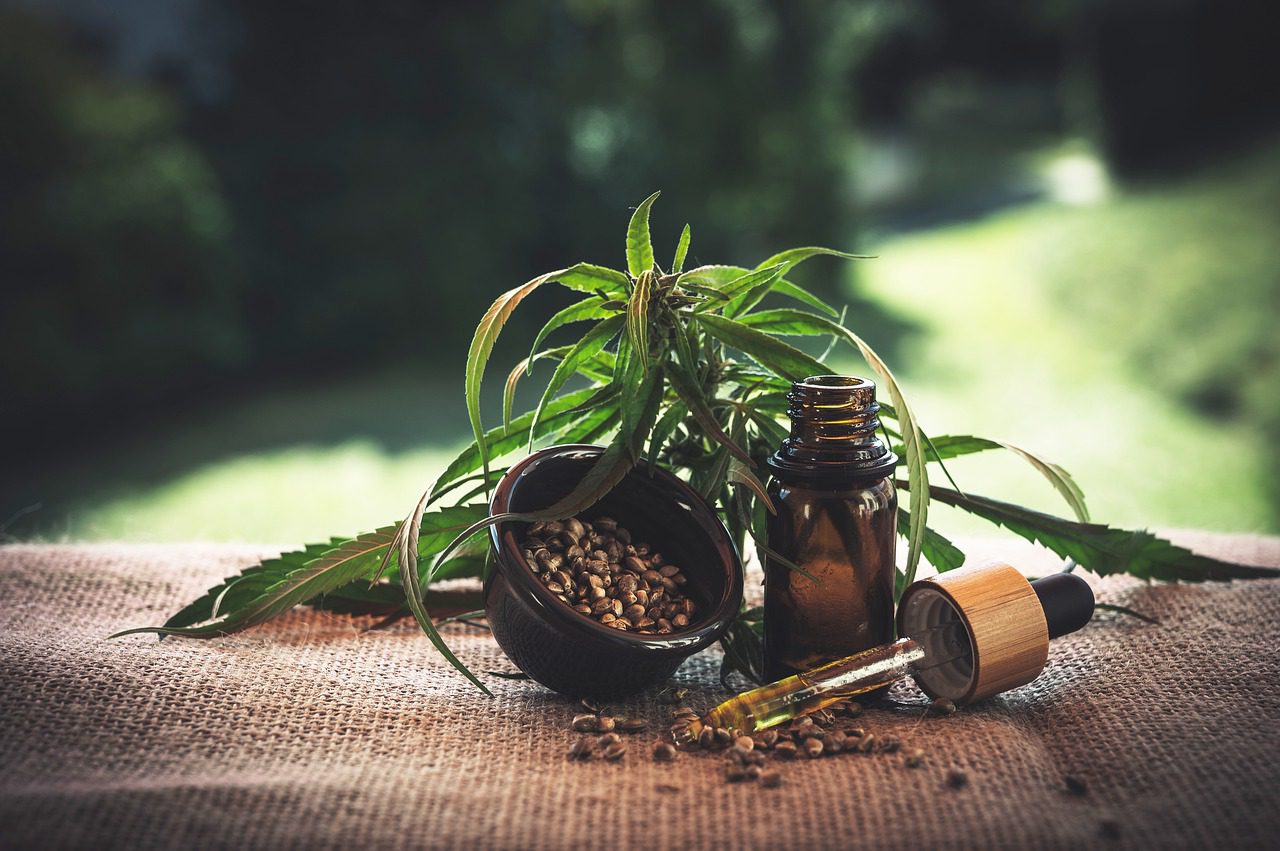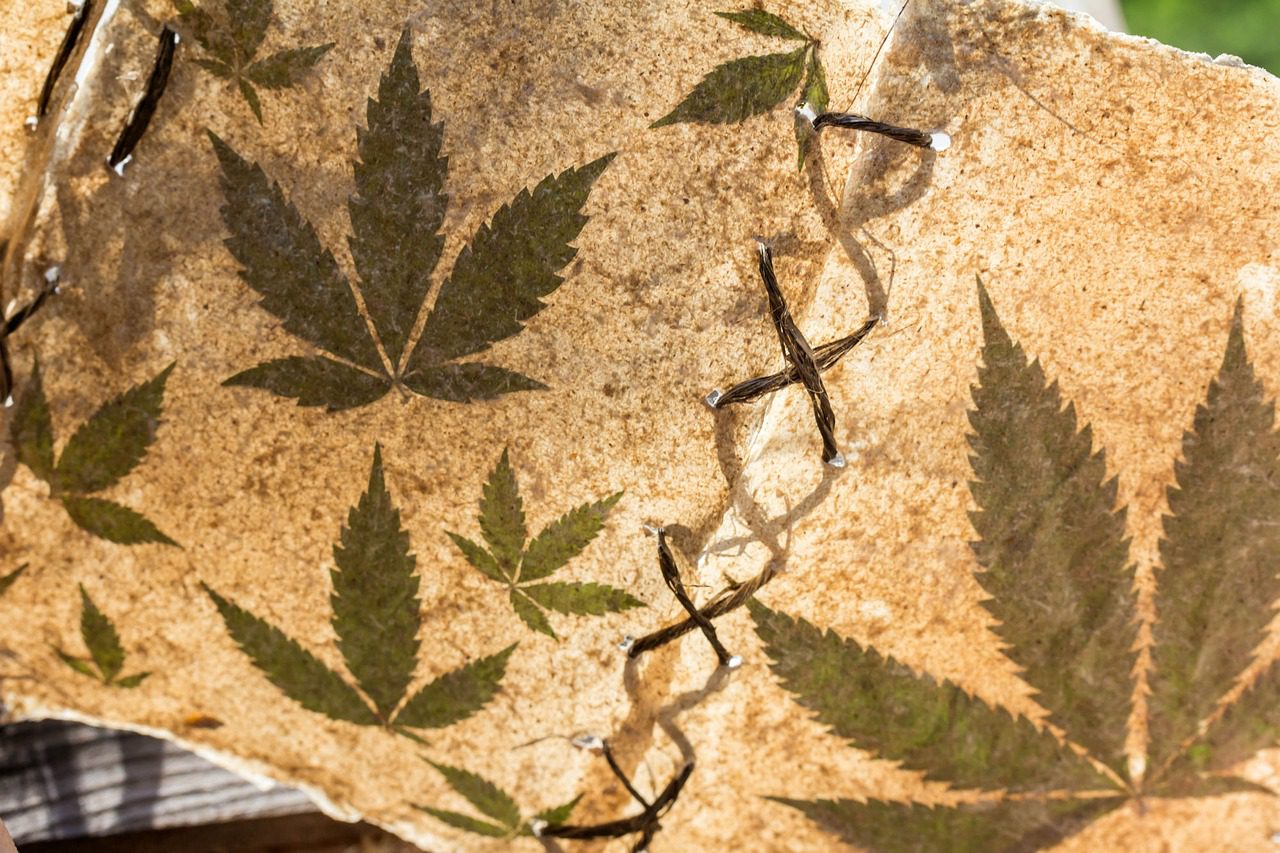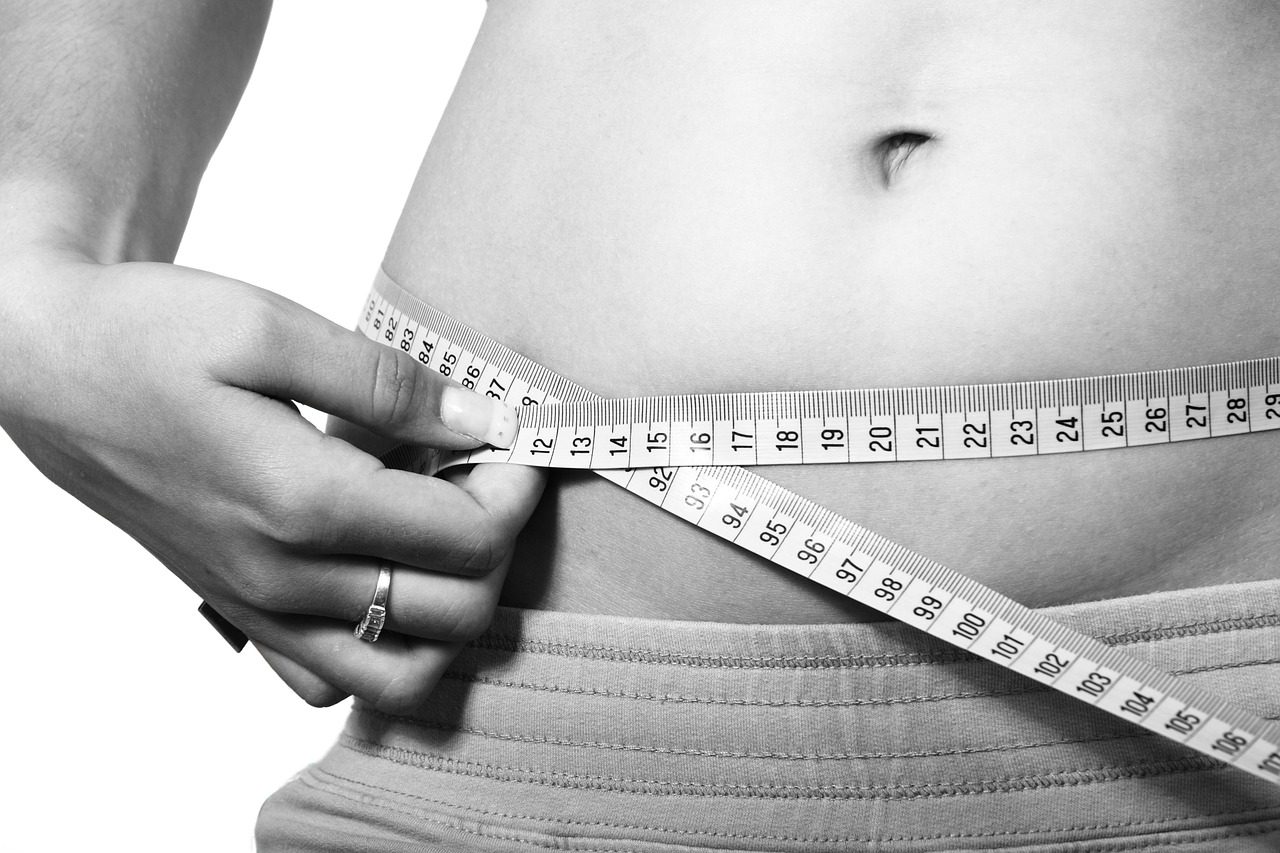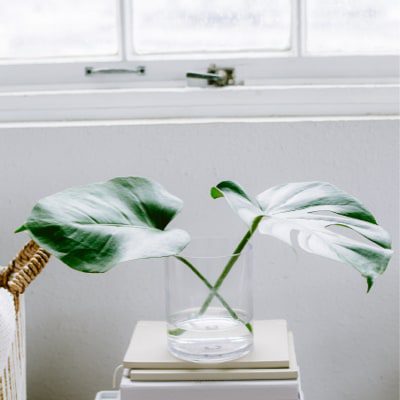Cannabis is not new to the world. It dates back to hundreds and thousands of years ago when people used to make use of cannabis seeds and leaves for medicinal and recreational use. And, over the years, the combination of men and cannabis has made it to the mainstream....
Category
THC
Medical & Recreational Marijuana: Understanding the Difference
Even though it's 2020, and the internet is packed with information about cannabis and its products, people are still not fully aware of the difference between medical and recreational marijuana. The possible reason for that could be the fact that people didn't...
What’s the Difference Between Hemp and Marijuana?
Hemp vs Marijuana: What’s the Difference? It seems like you see the letters CBD everywhere today. You almost forget that not long ago, CBD products weren’t legal in America. What makes CBD legal comes down to its plant source. Following the 2018 Farm Bill, hemp and...
CBD: Can it Really Help With Weight Loss?
Anyone unfamiliar with cannabidiol, or CBD, may be surprised to learn its association with weight loss. After all, the tetrahydrocannabinol (THC) found in cannabis has long been known to do the exact opposite; stimulate appetite. However, now that medicinal cannabis...
Popular Categories
Company
TNZ Web Solutions Limited is registered with the New Zealand Companies office. Company Record: 8208571
Contact
© Artisynq 2022 Terms & Conditions – Privacy Policy – Additional Info












